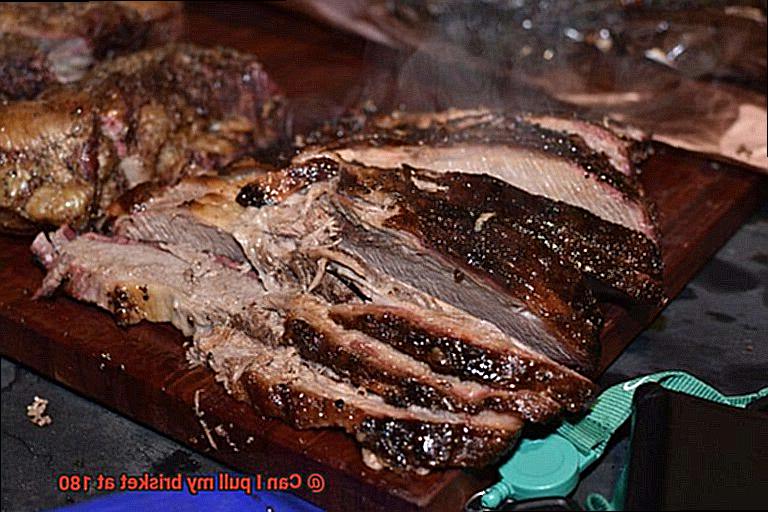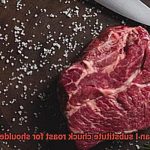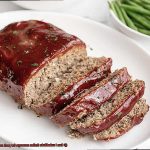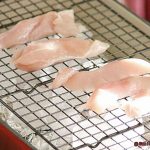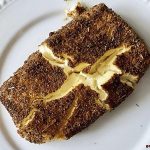Hey there, fellow barbecue fanatics. If you’re anything like me, you know that smoking a brisket to perfection is both an art and a science. And when it comes to determining the ideal internal temperature for your meat, things can get pretty tricky. That’s why I’m here today to tackle one of the most hotly debated questions in the BBQ community: can you pull your brisket at 180 degrees Fahrenheit?
Now, I know what you might be thinking – 180 degrees seems a little low for a fully cooked brisket. After all, we’ve been told time and time again that the sweet spot is between 195-205 degrees. But believe it or not, some pitmasters swear by pulling their meat off the smoker at 180 degrees for juicy, tender results.
So what’s the deal? Is this just another BBQ myth or could there be some truth to it? In this blog post, we’re going to dive deep into the world of brisket smoking and explore everything from the science behind cooking temperatures to the pros and cons of pulling at 180. We’ll even hear from other experts in the field to get their take on this controversial topic.
Whether you’re a seasoned pro with years of experience under your belt or just starting out on your BBQ journey, understanding how to cook brisket correctly is key to achieving mouth-watering results. So sit back, relax, and let’s explore whether pulling your brisket at 180 degrees is truly worth giving a shot.
Contents
What is Brisket?
Brisket is a fascinating cut of meat that has become an essential ingredient in BBQ culture and cuisine. This delicious meat comes from the chest of a cow or steer and is made up of two parts: the flat and the point. The flat is leaner, while the point has more marbling and fat, making it ideal for slow-cooking or smoking.
However, brisket is not your average cut of meat. It’s a tough and chewy piece that requires patience and skill to cook properly. The collagen and connective tissue must be broken down through prolonged cooking, creating a tender and flavorsome result.
When cooking brisket, there are different approaches to achieving the perfect texture. Some experts recommend cooking at higher temperatures, around 195-205 degrees Fahrenheit, ensuring the meat is fully tender and juicy. However, others prefer a lower temperature of around 180 degrees Fahrenheit, which results in firmer texture that’s easier to slice while retaining more natural juices.
Regardless of what temperature you choose, it’s essential to keep in mind that the internal temperature needs to reach at least 190-205°F to break down the collagen and connective tissue. This process can take anywhere from 10-12 hours or even longer depending on the size of the brisket.
Brisket is often used in barbeque and Texas-style BBQ, where it’s rubbed with spices and smoked for hours. The result is a tender, flavorful meat that falls apart with the slightest touch. Cooking brisket may take several hours but trust us; it’s worth it.
If you’re planning on cooking brisket, give yourself plenty of time and patience. Remember that whether you prefer a tender and juicy texture or a firmer one with more natural juices, your decision depends on your personal preferences and cooking style.
What is the Ideal Temperature for Pulling Brisket?
Brisket is the holy grail of smoking and grilling, but achieving that desired tenderness can be a daunting task. The secret lies in the ideal temperature for pulling brisket, and it’s not 180 degrees Fahrenheit, as many believe. The sweet spot is between 195-205 degrees Fahrenheit, and let me tell you, it makes all the difference.
The reason why this temperature range is so crucial is that it allows for the complete breakdown of collagen and connective tissue in the meat. These tough fibers need to break down entirely to achieve the melt-in-your-mouth texture that we all crave. Pulling your brisket at 180 degrees Fahrenheit will result in tough and chewy meat that is difficult to slice or shred.
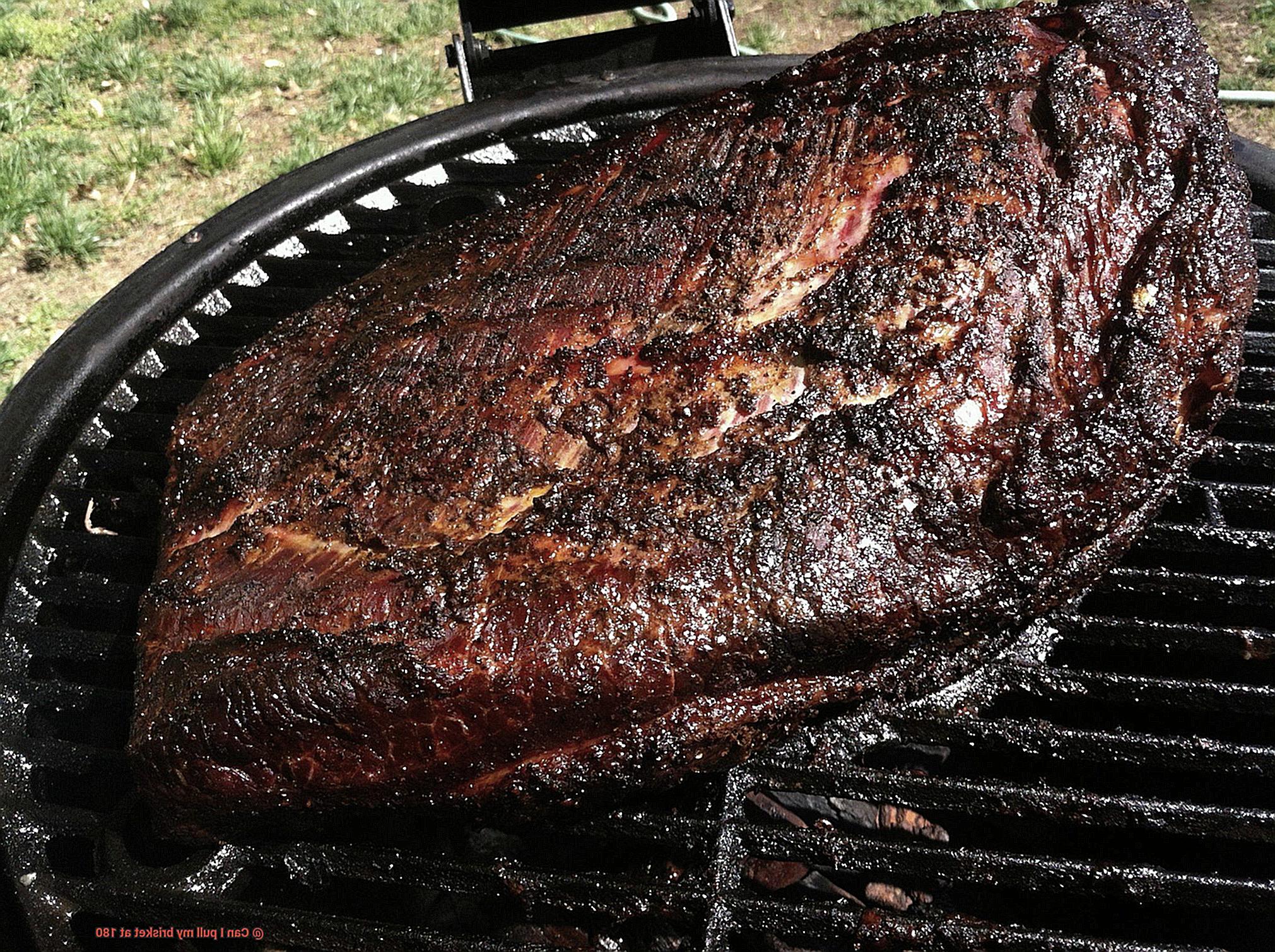
However, cooking time and temperature can vary depending on your brisket’s size and thickness or your preferred level of doneness. So, while aiming for an internal temperature of 195-205 degrees Fahrenheit is essential, keep an eye on your meat and adjust accordingly.
But wait, there’s more. After pulling your brisket from the heat source, don’t skip the resting period. Letting it rest for at least 30 minutes allows the juices to redistribute throughout the meat evenly. This process results in a more flavorful and tender final product that will leave you wanting more.
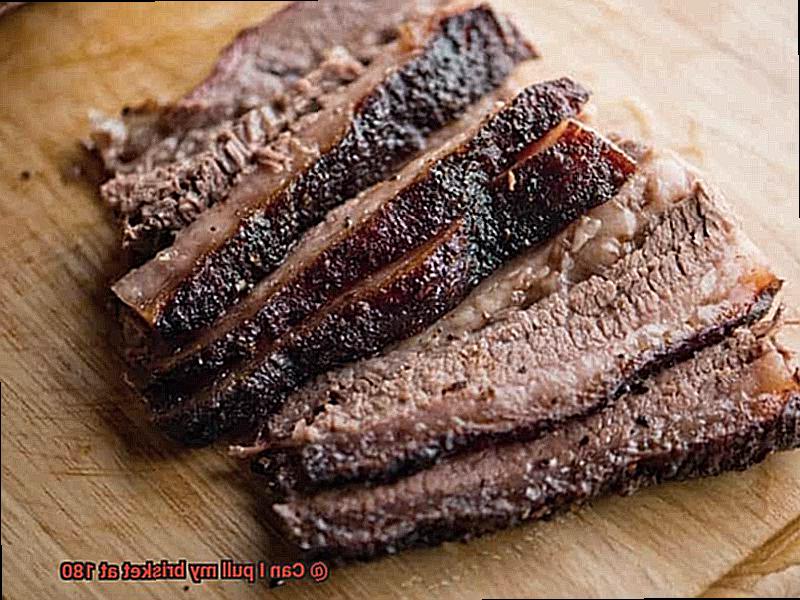
Pros and Cons of Pulling Brisket at 180 Degrees Fahrenheit
When it comes to cooking this beloved meat, there are many approaches, including the question of whether it’s safe and effective to pull it at 180 degrees Fahrenheit. Let’s explore the pros and cons of this technique.
On one hand, pulling brisket at 180 degrees Fahrenheit can result in a more tender and juicy final product. This is because the connective tissue in the meat breaks down over time, and at this temperature, it has had enough time to do so without becoming overcooked. The result? A brisket that melts in your mouth with every bite.
Another benefit of this method is speed – cooking brisket at 180 degrees Fahrenheit can be faster than cooking at a lower temperature for a longer period of time. This can be ideal for those who are short on time or want to enjoy their brisket sooner rather than later.
However, there are some downsides to pulling brisket at 180 degrees Fahrenheit. One concern is that the meat may not be fully cooked at this temperature, which could lead to foodborne illness if consumed. To ensure safety, it’s crucial to use a meat thermometer to check that the internal temperature of the brisket has reached a safe level before serving.
Additionally, some people argue that cooking brisket at a lower temperature for a longer period of time can result in a more flavorful final product. This is because the flavors have more time to develop and meld together over time – resulting in a rich, complex taste that can’t be achieved through faster cooking methods.
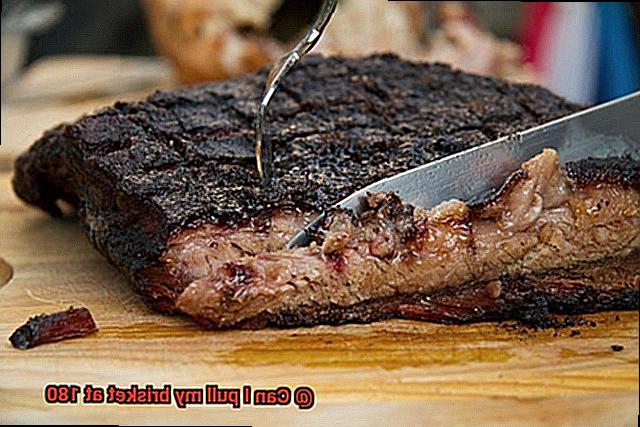
Safety Tips to Follow When Pulling Brisket at 180 Degrees Fahrenheit
While it’s tempting to dive right in, keeping safety in mind is crucial. To help ensure that your meal is not only delicious but also safe for consumption, here are some essential safety tips to follow:
- Firstly, always use heat-resistant gloves when handling hot meat. These gloves will safeguard your hands from burns and prevent you from dropping the meat, ensuring that you can handle it safely.
- Secondly, use a sharp knife to slice through the meat with ease. A dull knife can be hazardous, causing the meat to slip and potentially causing injury.
- Thirdly, keep a fire extinguisher close by in case of any unexpected fire hazards. Accidents can happen, so it’s better to be prepared than sorry.
- Fourthly, use a meat thermometer to check the internal temperature of the brisket. The USDA recommends cooking beef to an internal temperature of at least 145 degrees Fahrenheit. This will help ensure that the brisket is cooked to a safe temperature and ready for consumption.
- Lastly, don’t forget about basic food safety practices. Thoroughly wash your hands before handling any food, use separate utensils for raw and cooked meat to prevent cross-contamination, and store leftovers properly in an airtight container in the refrigerator or freezer within two hours of cooking.
How Long Should You Let the Brisket Rest After Pulling?
After hours of grilling your brisket to perfection, it’s time to let it rest. But how long should you wait before digging in? The answer lies in the art of resting, a crucial step in achieving that melt-in-your-mouth texture we all crave.
Resting your brisket allows the meat to reabsorb its juices, enhancing its flavor and tenderness. As a rule of thumb, let your brisket rest for at least 30 minutes before slicing or shredding. However, if you have a larger size, consider letting it rest for an hour or even longer for optimal results. Trust us; it’s worth the wait.
To keep your brisket warm while resting, wrap it in foil or butcher paper and place it in a cooler. This method will allow the residual heat to continue cooking the meat evenly, resulting in a tender and juicy end product.
But don’t be hasty and pull your brisket from the grill too soon. If you remove it at 180 degrees Fahrenheit, it may not be fully cooked yet. Therefore, use a meat thermometer to check the temperature before pulling your brisket from the grill. The recommended internal temperature for fully cooked brisket is 195-205 degrees Fahrenheit.
The Best Way to Slice a Brisket After Pulling at 180 Degrees Fahrenheit
Slicing a brisket after pulling it at 180 degrees Fahrenheit is an art form that requires patience, technique, and attention to detail. In this guide, we’ll cover the best way to slice a brisket that will leave your guests raving about its tenderness and flavor.
First things first, give your brisket some time to rest. This is crucial for allowing the juices to redistribute throughout the meat, resulting in a more tender and flavorful slice. Aim for at least 30 minutes of resting time, or even longer if you’re working with a larger cut.
Once your brisket has rested, it’s time to locate the grain. Look for the lines that run along the surface of the meat and slice against them. This technique breaks down the muscle fibers, resulting in a more tender and easier-to-chew slice.
Thickness matters when it comes to brisket slices. We recommend aiming for slices that are around 1/4 inch thick. This thickness allows for maximum tenderness and flavor, while also making it easier for your guests to enjoy.
When it comes to slicing, use a sharp knife and a carving fork or other tool to hold the brisket in place. Take your time and make sure each slice is clean and even. The last thing you want is a poorly sliced brisket ruining all your hard work.
Finally, presentation matters. Arrange your sliced brisket on a platter or serving dish in an attractive way. Consider adding some garnishes or sauces to enhance both the flavor and presentation of your dish. Your guests eat with their eyes first, so make sure your brisket looks as good as it tastes.
Different Cooking Methods for Pulling a Brisket at 180 Degrees Fahrenheit
If you’re a fan of brisket, you know that cooking it to perfection can be a challenging task. But fear not, as there are several different cooking methods that can help you pull off a mouth-watering brisket at 180 degrees Fahrenheit. Let’s explore some of these methods in more detail.
First up, smoking. Smoking is a classic and popular method of cooking brisket that imparts a smoky flavor to the meat, elevating its taste to another level. To smoke a brisket, you’ll need to choose wood chips or chunks that complement the flavor of the meat. Hickory, mesquite, and oak are all excellent options. With patience and practice, you can create a tender and juicy brisket that will have your guests licking their lips.
Next on our list is grilling. Grilling a brisket can also result in a delicious meal that’s infused with rich, smoky flavor. To achieve this, marinate the meat overnight in a flavorful marinade and grill it over low heat for several hours until it’s tender and succulent. This method requires a bit of attention and care, but the end result is worth the effort.
Lastly, we have the slow cooker method. This option is perfect if you’re busy or short on time but still want to create a delicious meal. Simply place the brisket in the slow cooker along with your choice of vegetables and seasonings and let it cook on low heat for several hours until it’s tender and falls apart easily. This method is ideal for busy weeknights or lazy weekends when you want to enjoy a home-cooked meal without too much fuss.
Conclusion
In the world of smoking brisket, achieving the perfect balance of tenderness and flavor is an art form. While some pitmasters swear by pulling their meat off the smoker at 180 degrees Fahrenheit, the truth is that this temperature may not be sufficient to break down all of the tough connective tissue in your brisket.
For truly melt-in-your-mouth results, it’s best to aim for an internal temperature range of 195-205 degrees Fahrenheit. This will allow ample time for collagen and connective tissue to break down completely, resulting in a texture that’s juicy and tender with every bite.
Of course, cooking times can vary depending on your preferred level of doneness or the size and thickness of your brisket. But regardless of what temperature you choose, it’s important to let your meat rest for at least 30 minutes after pulling to ensure even distribution of juices throughout the brisket.
When handling hot meat, safety should always come first. Be sure to use heat-resistant gloves and a sharp knife when slicing into your brisket, and keep a fire extinguisher nearby just in case. And don’t forget to use a reliable meat thermometer to ensure that your brisket has reached a safe internal temperature before serving.
Ultimately, whether you prefer smoking, grilling or slow cooking your brisket, achieving mouth-watering results requires patience and skill.

